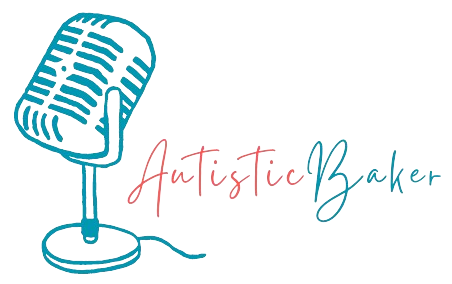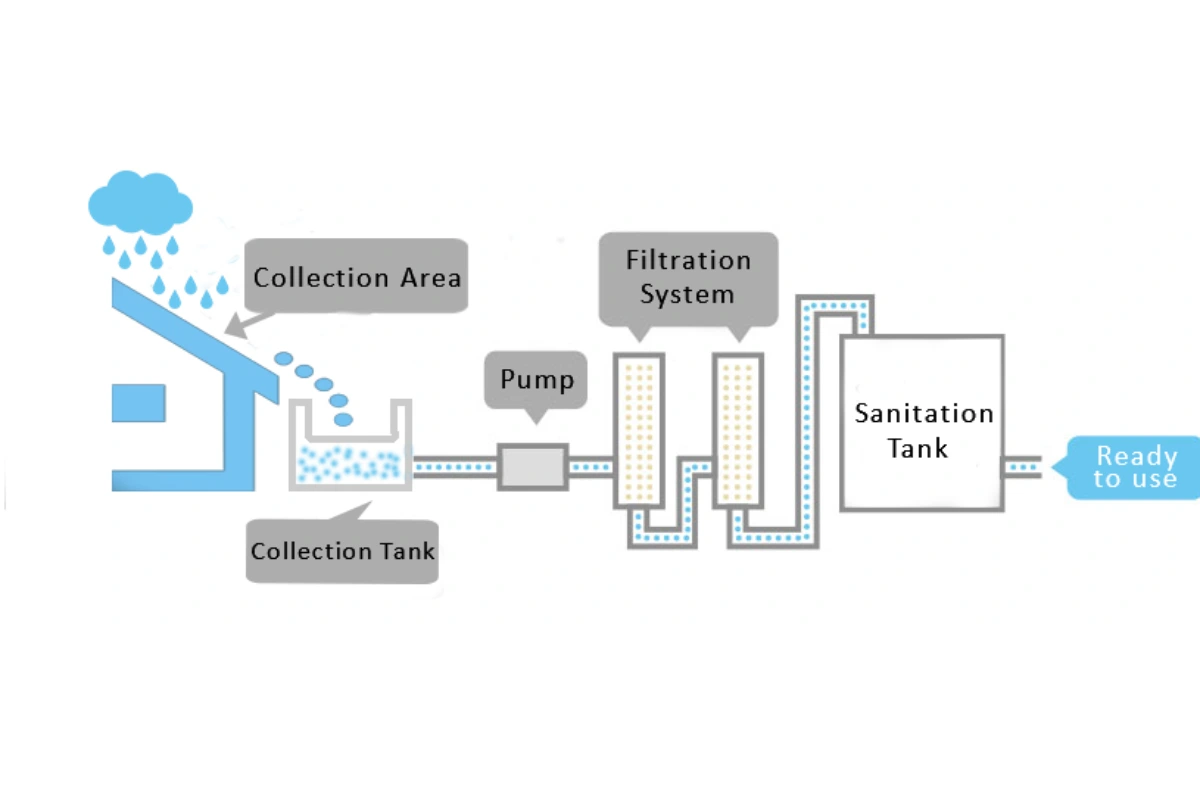As global awareness around sustainable water use grows, many homeowners and businesses are turning to rainwater harvesting as a practical and eco-friendly solution. Rainwater, when captured and treated properly, can serve as a valuable source of drinking water, particularly in regions facing water scarcity or unreliable municipal supplies. However, untreated rainwater can carry contaminants that pose serious health risks. That’s why understanding rainwater treatment methods is essential to making it safe for consumption.
In this article, we’ll explore why treating rainwater is necessary, walk through step-by-step treatment processes, look at modern technology improving water management, and answer some common questions about safety and storage.
The Importance of Treating Rainwater for Drinking
While rainwater may seem clean, it is far from safe to drink straight from your roof or collection tank. As it travels through the atmosphere and across rooftops, rainwater can pick up a variety of contaminants such as:
- Airborne pollutants (e.g., dust, chemicals, smoke particles)
- Animal droppings and insect debris
- Pollen, leaves, and organic matter
- Heavy metals from roofing materials
- Pathogens including bacteria, viruses, and parasites
Consuming untreated rainwater can lead to gastrointestinal illnesses and other health complications. Therefore, if you’re harvesting rainwater for potable uses like drinking or cooking, proper treatment is non-negotiable.
Rainwater Harvesting Techniques
Before we dive into the treatment process, it’s important to understand how rainwater is collected. Common rainwater harvesting techniques include:
1. Rooftop Catchment Systems
This is the most widely used method for residential and small-scale commercial settings. Rainwater falls onto a roof and flows through gutters into a downpipe connected to a storage tank.
2. Surface Runoff Harvesting
This involves capturing rainwater from paved or unpaved ground surfaces and channeling it into storage or recharge systems. It’s more common in agricultural or large-scale infrastructure setups.
3. Rain Barrels
A cost-effective and basic option, rain barrels are placed under roof downspouts to collect water. While they’re great for gardening and cleaning, they require thorough filtration and treatment before the water can be consumed.
These systems are increasingly being integrated with Smart Water Tank Level Indicators, which allow homeowners and businesses to monitor their water levels in real time via mobile apps or digital displays. These devices help manage usage, prevent overflow, and plan for water treatment and replenishment more efficiently.
Rainwater Treatment Guide: Step by Step
Now, let’s take a look at the essential stages involved in treating rainwater to make it safe for drinking:
1. Pre-Filtration (First Flush Diverters)
Before rainwater enters your storage tank, a first flush diverter discards the initial runoff, typically the dirtiest portion that contains dust, bird droppings, and other debris. This pre-treatment step significantly reduces contamination at the source.
2. Storage in a Clean, Sealed Tank
Rainwater should be stored in a sealed, opaque tank to prevent algae growth and contamination from insects or rodents. Tanks made of food-grade plastic, fiberglass, or stainless steel are commonly used for potable water.
3. Filtration
There are several layers of filtration that can be employed:
- Sediment filters to remove particles like sand, silt, and rust
- Activated carbon filters to eliminate chlorine, pesticides, and odors
- Ceramic filters to catch smaller particles and some microbes
4. Disinfection
To kill pathogens, water should be disinfected. Common methods include:
- UV purification: Ultraviolet light destroys bacteria, viruses, and protozoa without using chemicals.
- Chlorination: Adding chlorine tablets or solutions can be effective but may alter taste and require precise dosing.
- Ozonation: Ozone gas is injected into the water, killing microorganisms. It’s effective but more suitable for advanced systems.
- Boiling: Though not ideal for large volumes, boiling is a reliable way to disinfect small amounts of water.
5. Post-Treatment Storage
Treated water should be kept in a secondary, clean container or tank. Use containers specifically designed for drinking water storage to prevent recontamination.
Cost and Maintenance of Rainwater Treatment Systems
Initial Setup Costs
The cost of setting up a rainwater harvesting and treatment system can vary depending on the scale and sophistication:
- Basic residential system: $1,000–$3,000
- Advanced systems with UV and smart monitoring: $5,000–$10,000+
- Commercial systems: Prices can range significantly based on volume and tech
Ongoing Maintenance
Proper maintenance ensures the continued safety and effectiveness of your system:
- Clean gutters and filters regularly
- Replace UV bulbs annually
- Inspect and sanitize storage tanks every 6–12 months
- Monitor water quality with test kits
While the upfront costs may be higher, long-term savings on water bills, especially in drought-prone areas, make these systems a sound investment.
Conclusion
Rainwater harvesting and treatment are no longer fringe practices; they are becoming a crucial part of sustainable water management. By employing proper treatment methods, you can convert rainwater into a reliable source of clean drinking water. From simple filtration setups to advanced smart systems, there’s a solution for every budget and need. Technology such as Smart Water Tank Level Indicators enhances the efficiency and usability of these systems, helping you take full control of your water supply.
Whether you’re an eco-conscious homeowner, a rural resident with limited access to municipal water, or a business looking to reduce utility costs, understanding and implementing rainwater treatment techniques is a smart step toward water independence and safety.
Frequently Asked Questions
Is boiling rainwater effective for making it safe to drink?
Yes, boiling is a reliable method to kill bacteria, viruses, and parasites in rainwater. Bring the water to a rolling boil for at least 1 minute (or 3 minutes at high altitudes). However, boiling does not remove chemical contaminants or particulates, so it’s best used in combination with filtration.
Can I use rainwater without any treatment?
For drinking purposes, no. Rainwater must be treated to ensure it is free of harmful microorganisms and pollutants. Untreated rainwater may be suitable for non-potable uses like irrigation or toilet flushing, but even then, it’s wise to ensure basic filtration.
How should rainwater be stored after treatment?
Treated rainwater should be stored in a clean, food-grade tank or container with a sealed lid to prevent contamination. It’s important to avoid storing treated water in direct sunlight and to use containers that are resistant to chemical leaching and biological growth.
By investing in proper rainwater treatment methods, you’re not just ensuring your safety—you’re also contributing to a more sustainable future. With growing demand on global water resources, every drop truly does count.




